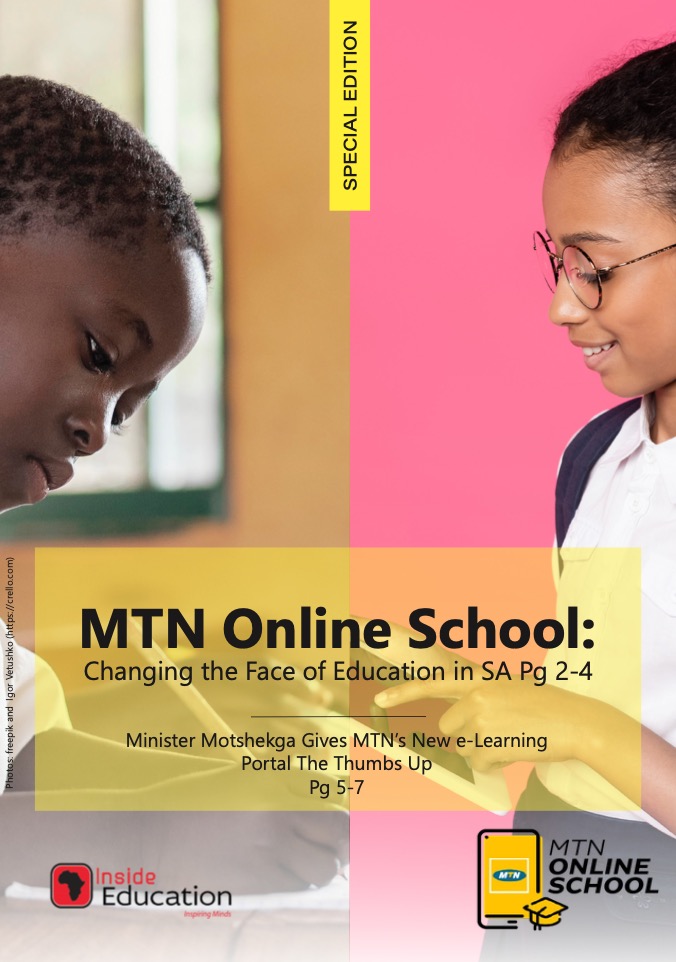By Shannon D. M. Moore and Jennifer Watt
The sexual assault trial of five former World Juniors hockey players has spotlighted issues around sexual assault and consent.
Sexual assault, intimate partner violence and other forms of gender-based violence aren’t inevitable. Kindergarten to Grade 12 public schools have an ethical obligation to enact sexuality education that is responsive to current contexts, respects human diversity, empowers young people and is rooted in human rights.
We argue for harnessing popular media to advance sexuality education. Children and youth learn about a great deal about gender, relationships, sexuality and consent from popular media.
Although there is strong theoretical rationale for using popular media to confront sexual assault, many teachers identify and experience barriers to putting this into practice in their classrooms.
Let’s (not) talk about sex?
Many factors shape the reality that comprehensive sex education remains wholly absent or inadequate in schools.
Talking about sex in society and in schools is often taboo. Discussions of healthy relationships and consent are often highly controlled, minimized or relegated to a sexual education curriculum that is not universally taught. This is due to parental opt-outs/ins in many provinces.
Some opponents of sexual education curriculum say parents should have full authority over the subject. Others exploit misunderstandings of age appropriateness and the presumed innocence of children and youth. Among the public at large, there is a lack of knowledge (or belief) about the high rates of sexual assault and other forms of gender-based violence experienced by youth within and beyond schools
Not surprisingly, neglecting comprehensive sexuality education has many adverse consequences. Students learn that eliminating sexual violence is not a societal priority. Those who have experienced assault and other forms of violence learn that they are not important, as their stories are often silenced, ignored or distrusted.
As a result, rape culture and gender-based violence remains unchallenged in schools, while it is normalized, legitimized and endorsed in popular media.
Meet your child’s other teacher
In the absence or confines of comprehensive sex education in schools, youth identify popular media as their main source of information about sex and relationships.
As professor of criminal justice, Nickie D. Phillips, writes, popular media is one of the “primary sites through which rape culture [is] understood, negotiated and contested.”
What youth watch, play, listen to or create on social media has a significant role in teaching dominant understandings that normalize sexual violence, misogyny and the patriarchy.
Critical media scholars Michael Hoechsmann and Stuart Poyntz emphasize that popular media “plays a central role in the socialization, acculturation and intellectual formation of young people. It is a … force to be reckoned with, and we ignore it at our peril.”
As teacher educators and educational researchers, the teachers we have worked with across grades and subject areas recognize how popular media is always and already present in classrooms, and many embrace the opportunities it affords for necessary conversations that are relevant to students.
Challenges with using popular media
The teacher participants in our study revealed that classroom culture wars have had a chilling impact on their practice, making them feel more wary about tackling particular topics.
We found that despite research-informed rationale for using popular media to ground sexuality education, teachers encounter several barriers and complications in doing so.
Teachers’ discomfort was exacerbated when school leaders did not support their efforts to advance these lessons, even though they were anchored to the provincial curriculum. Teacher participants also spoke of a lack of professional development or preparation to talk about healthy relationships and consent in teacher education contexts.
Finally, they also raised concerns about teaching with and through violent, sexually suggestive or explicit popular media in classrooms. This is the case even though young people are learning about sex through limitless access to digital pornography and R-rated popular media outside of classrooms.
Influencing healthy relationships
There is limited research about how popular media content could be used to teach about sexual violence prevention. Through our ongoing research, we have identified several starting points for using popular media content to ground conversations about healthy relationships, boundaries and consent.
1. Start with media constructions of gender: As popular media contributes to societal expectations of gender, students should begin by interrogating how masculinities and femininities are constructed and mobilized in popular media.
This can include examining how male, female and non-binary characters are constructed and presented to audiences, their position within the broader storyline and their level of dialogue and how varied intersections of identity impact these depictions.
Discussions of gender based violence must begin with intersectional discussions of gender, as these constructions contribute to the issue (for example, the hypersexualization and subordination of females, the exoticization and dehumanization of racialized women or the portrayal of males as powerful, aggressive and preoccupied with sex).
2. Begin with unfamiliar content: Students can initially become defensive when they are asked to critically engage with media content that deeply connect with their identity and give them a sense of joy.
While the goal is to move to the interrogation of students’ own media diets, it can positively generate student participation when educators begin analytical and critical discussions about media with unfamiliar, or at least not cherished, material (like popular songs, video or social media).
This means students learn how to analyze content before connecting this analysis with themes related to gender-based violence, like: how popular media normalizes sexual violence against women and promotes unhealthy representations of romance and relationships; how popular media contributes to victim blaming or siding with perpetrators and promotes “himpathy” for males who commit sexual assault.
3. Offer a feminist lens: As teacher educators, we recognize that there is no single method or approach that tends to every aspect of sexual assault and other forms of gender-based violence. Yet, we also know that educators seek resources to engage more meaningfully with students.
Cards to foster conversation
We constructed a deck of educational playing cards that educators can use to foster conversations about media portrayals of gender, healthy relationships and consent (or lack thereof).
These cards employ a feminist lens, based on Sarah Ahmed’s Living a Feminist Life. We advocate for teachers to have time in professional learning spaces to try out the cards with other educators before they facilitate complex conversations related to gender-based violence with students.
If as a society we want to see fewer instances of gender-based violence, teachers need provincial curriculum documents that align with the research on comprehensive sex education. They also need school leaders who will support their work and model consent in the broader school culture, and more professional development and preparation in teacher education.
Shannon D.M. Moore is an assistant professor of social studies education, Department of Curriculum Teaching and Learning, Faculty of Education, University of Manitoba and Jennifer Watt is Associate Professor of Curriculum, Teaching and Learning, University of Manitoba.
The Conversation







